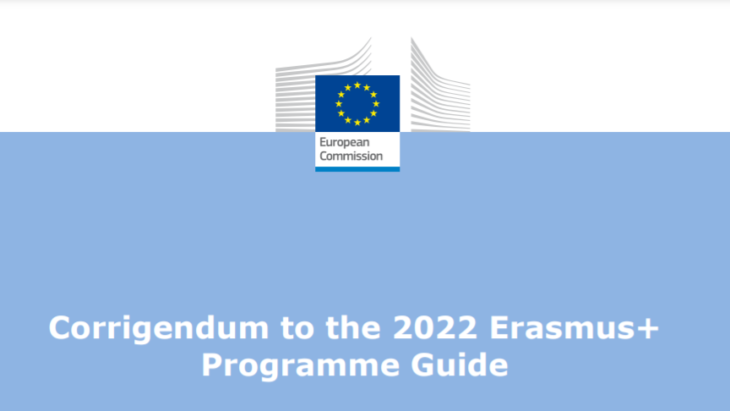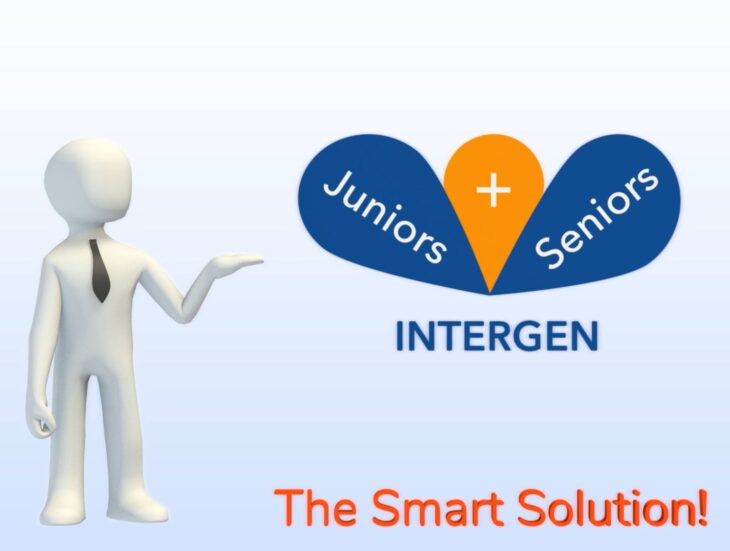Today we continue our discovery of the most used terms in the field of European Project Design. They are fundamental to write a successful project … are you ready?
Monitoring: Methodical and systematic collection of data relating to the progress of a project, through which you check whether the activities are proceeding as planned.
General objective: Set of long-term social and/or economic benefits for society (not only for the project beneficiaries) brought by the project.
Specific objective: Tangible benefits that the beneficiaries will obtain by exploiting the results obtained within the project
Output: Performances and activities carried out within the project; it represents what was financed and obtained thanks to the funds assigned to a project
Partnership: Organizations participating in the project of which the Lead Partner (LP) is the subject that presents the project and the partners are responsible for the realization of some activities. Each of the members of the partnership is obliged to carry out the project activities (they are responsible to the lending institution).
Associated partners: Legal entities that, while benefiting from some project actions, do not receive funding from the European Union or participate with their own resources in the implementation of the project.
Financial Plan: Prospectus which details the extent of the loan request.
Project Cycle Management (PCM): It is a design matrix, introduced by the European Commission, which starting from an complete analysis of the situation allows the precise and coherent definition of objectives, results and activities of a project or a program.
Logical Framework: Method developed for the first time in the late 1960s in the USA and initially adopted in international cooperation. It consists of a matrix that describes in an operational manner the most important aspects of a project, allowing to verify that the activity is well designed.
Financial report: Tool aimed at certifying the expenses effectively and definitively incurred during the implementation of the project activities
Expected results: Services that the beneficiaries, or other subjects part of the specific context, will obtain by following the activities carried out within the project.
Relevance: The project is designed starting from the real problems of the beneficiaries and must therefore be able to produce tangible and measurable benefits in the context of reference of the planned intervention.
Project form: Document that provides an overview of the project, highlighting, in summary form, the main aspects.
Sustainability: It represents the ability to persist and perpetuate the positive effects inherent in the project (both in its area of realization and in its subsequent impact), and measures the degree to which the benefits of an initiative continue to be produced even after the conclusion of the initiative itself.
Stakeholders: to stakeholders (individuals, groups of people, institutions, private entities) who in any way can be positively or negatively influenced by the intervention proposed by the project and whose action and interests can favor or hinder the achievement of the objectives set.
Target: subjects involved in the project activities who can also produce and/or benefit from the results.
Transnationality: It is the fundamental and obligatory criterion for the realization of European projects. It consists of the participation of subjects from different Countries in the implementation of a project presented for EU co-financing.
European Added Value: An important element of a project proposal, indicates the importance that the projects and actions must have at European level.
Evaluation: Periodic analysis on the efficiency, impact, relevance and sustainability of a project, in order to establish possible future improvements or adjustments.
Work program: Detailed document defining the priorities for a certain period and therefore the characteristics that the projects must have in order to be financed by the implementing institution of the program itself.



















